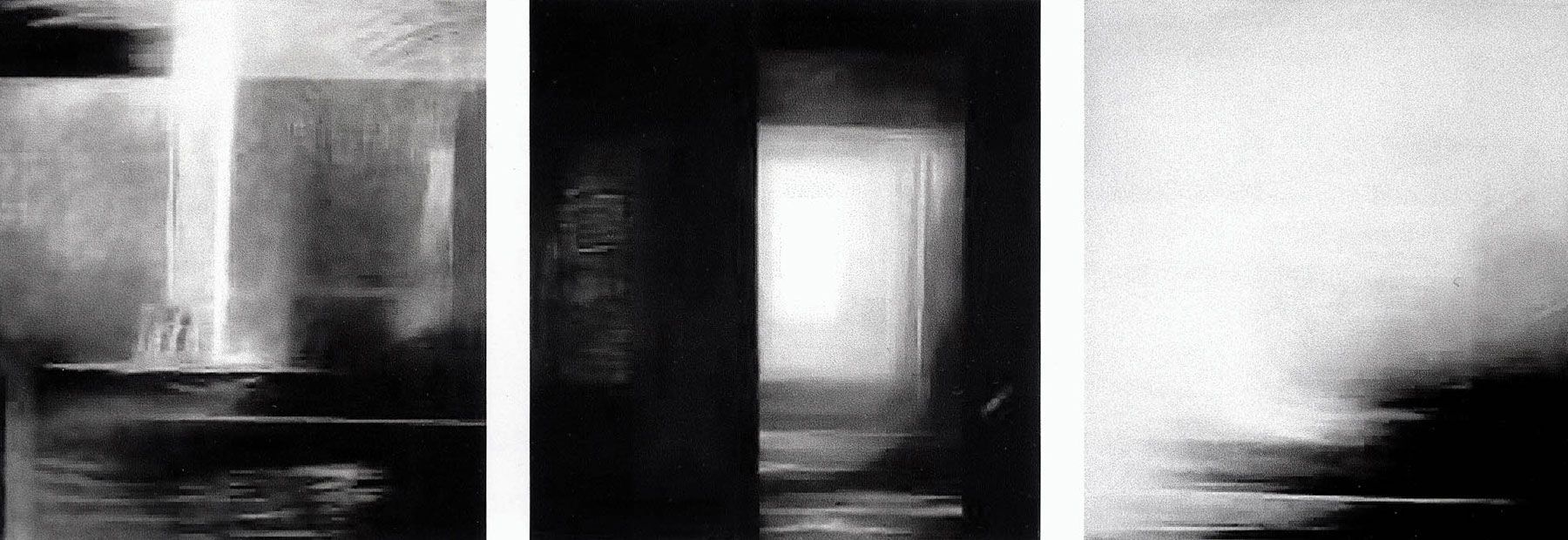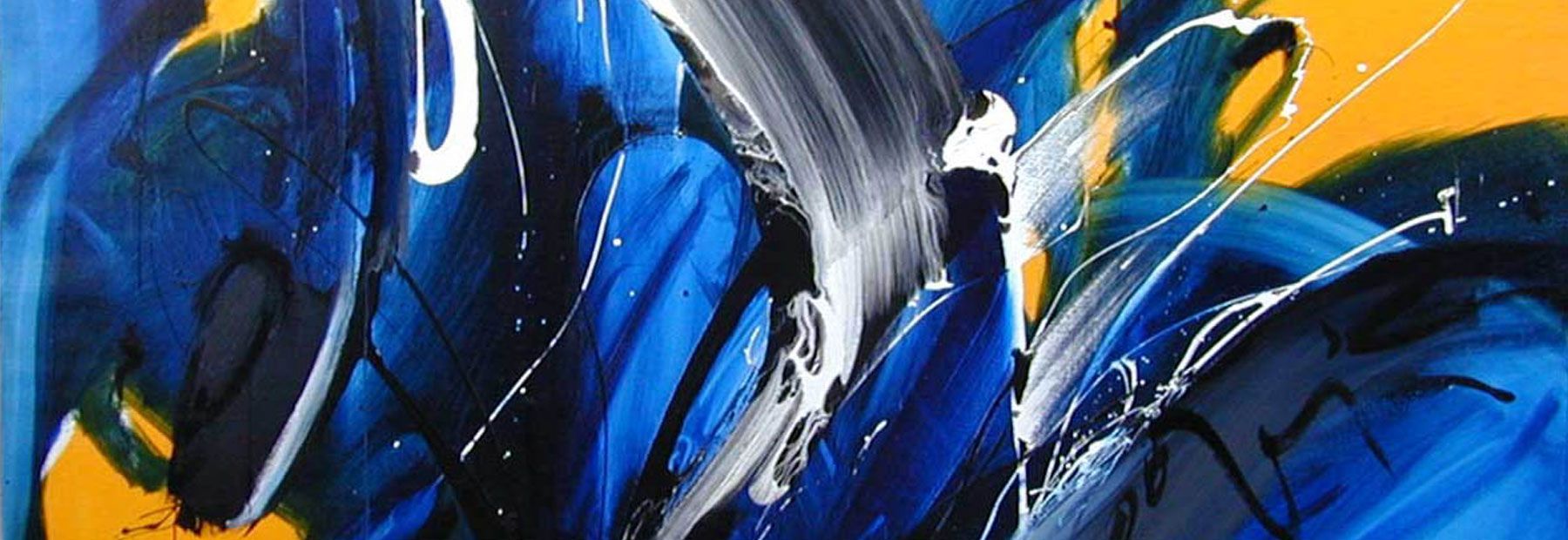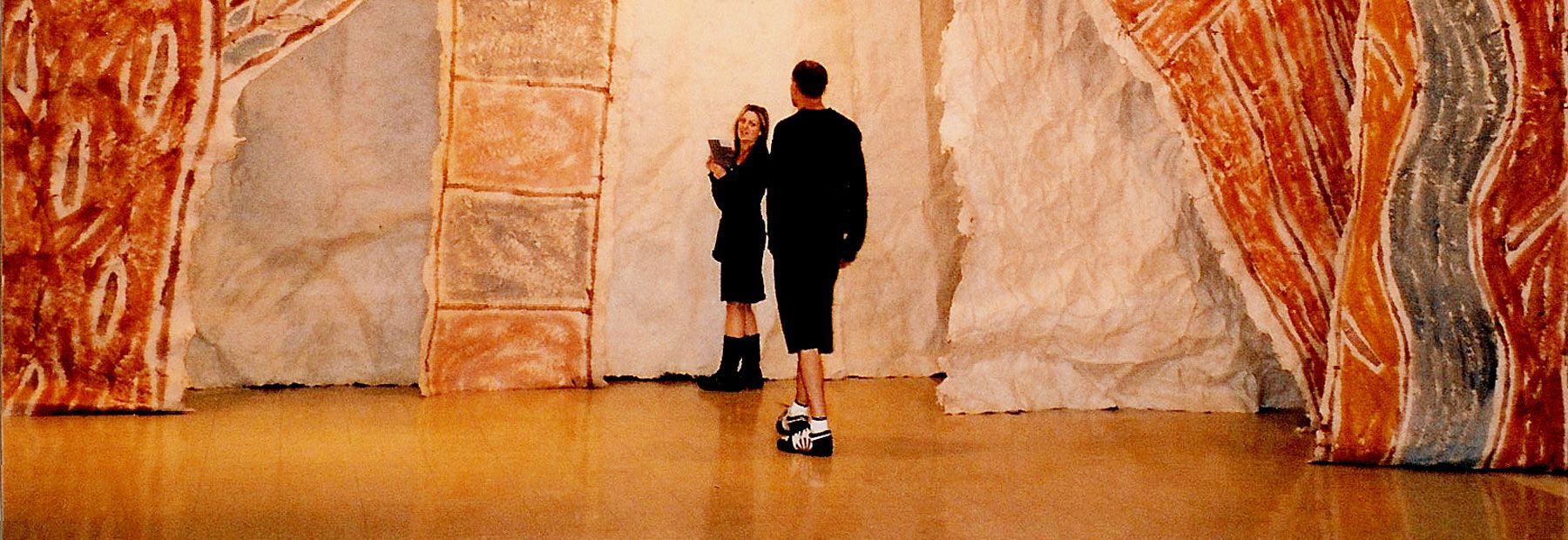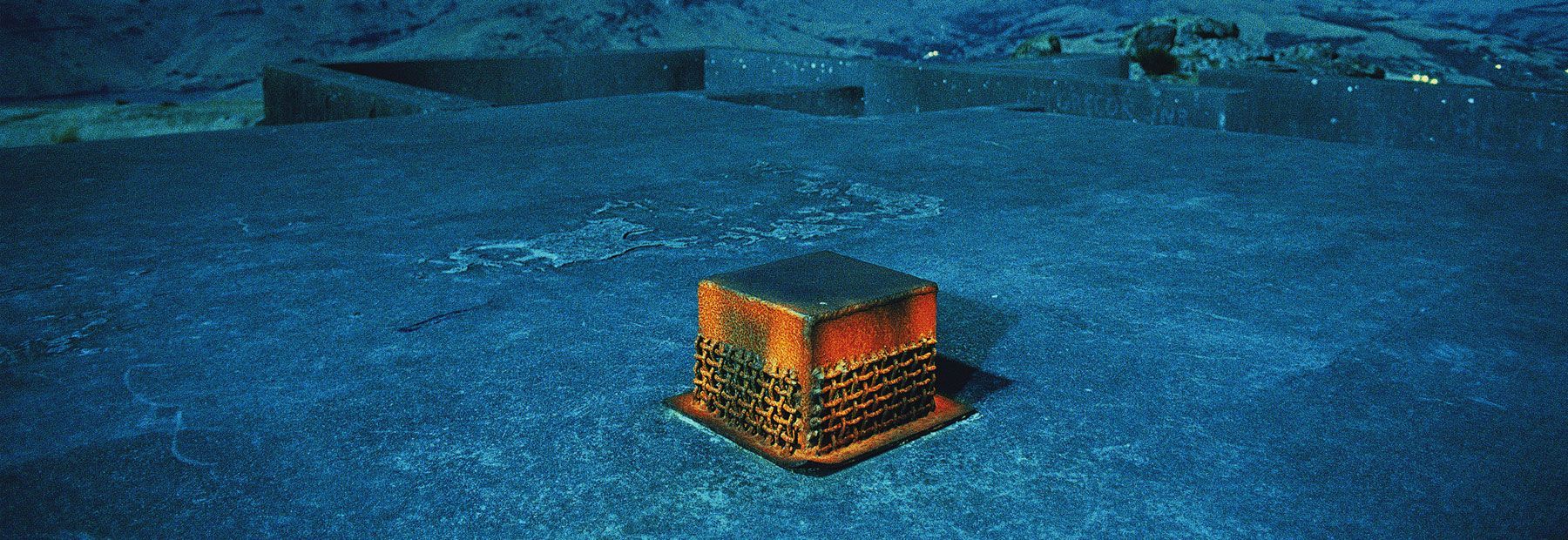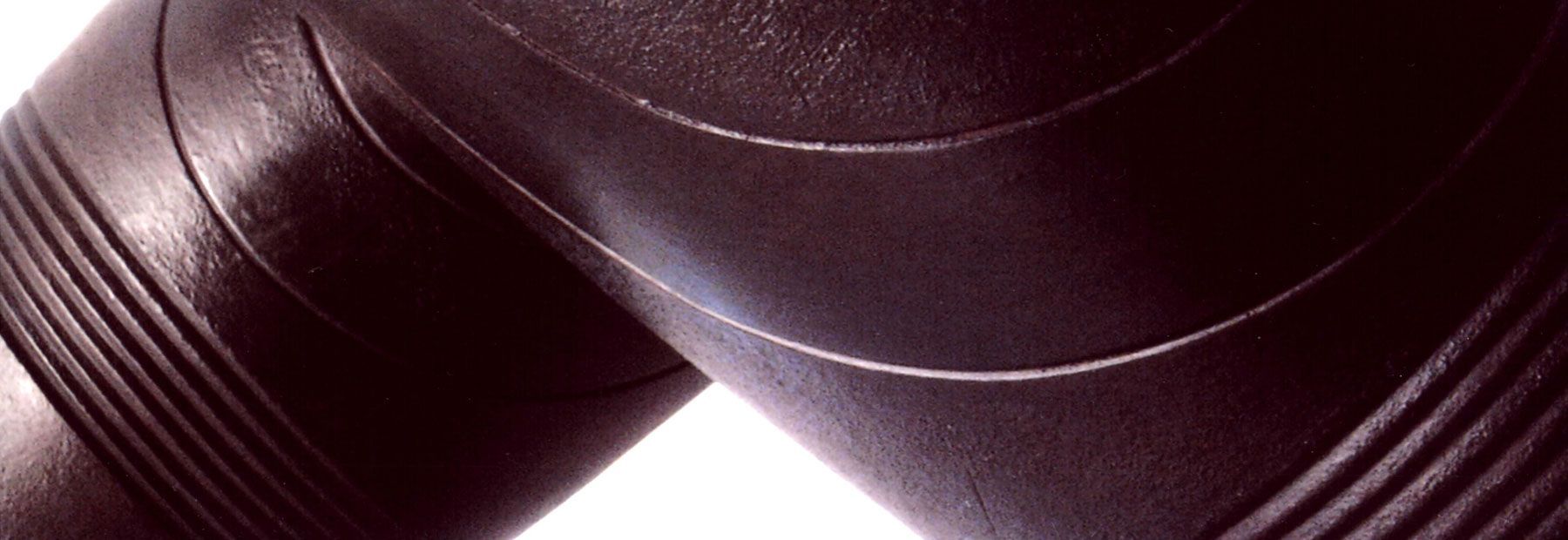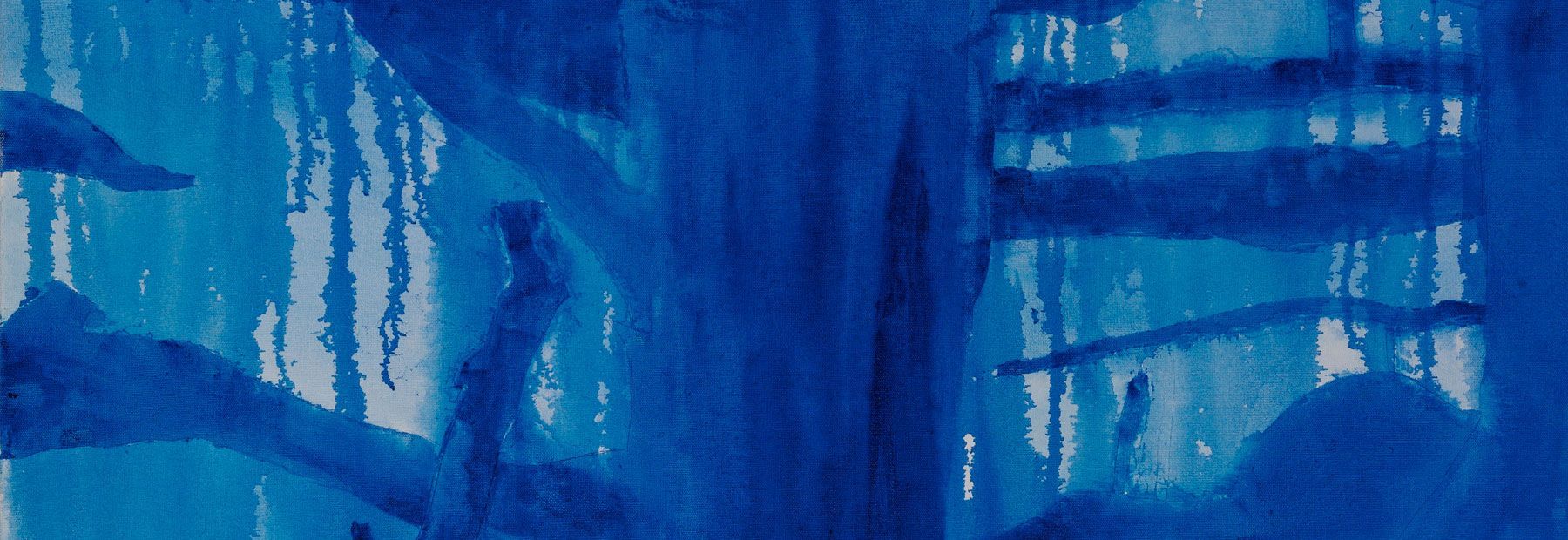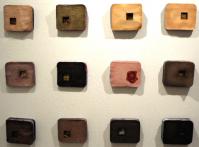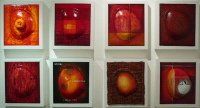The Maker and the Made
A Review of Poppy Moore’s latest exhibition.
ROAR! Gallery, Wellington
7 – 23 May 2009
As its title suggests, this exhibition canvasses some big themes. In the light of this, it was slightly surprising to walk into ROAR Gallery and find the show occupying only the small back space (the front displaying the work of Meta Assink and Charles Cunningham), and further, to find Poppy Moore’s work comparatively diminutive — not because big ideas have any logical relationship to large works, but there is a level of humbleness about this work which is disarming.
The exhibition is made up three distinct suites of work. 'Got You Under My Skin' is a grid-hung series of 12 coasters backed by carved paperback books; 'Placemaker' comprises a horizontal line of seven placemats; another eight mixed-media works (made from laminated shoebox tissue) complete the modest installation. A rich color palette dominated by bold reds makes the work a vibrant presence in the small room, and the varied textures draw the spectator closer to observe. 'Got You Under My Skin' features a range of surfaces, some coarse as sand, others which recall skin, elastoplast or bandages. One looks as if it sustains a wound, or perhaps the maker’s red seal, others have tiny inset windows revealing inscrutable text.
‘Mixed media’ is to the point; Moore’s practice (which in the past has included imitation lamingtons made from painted polystyrene, coconut-dusted, a range of hot water bottle covers knitted in tribute to Kiwi symbols such as beehive matches and Pohutukawa trees, and a recent series of model sheep toting replica feijoa on their backs) uses everyday and found materials as the basis for work which is at times conceptually demanding, often good fun, consistently materially quirky, and always immaculately finished.
This is an artist whose head does as much work as her hands, but her hands alone are infinitely skilled. The works in 'The Maker and the Made' are meticulously crafted, attest to a practice which has been largely about articulating the exquisite idiosyncrasies of a range of materials, and express a fundamental understanding of what it is to be ‘maker’.
Reviewed and written by Abby Cunnane.


